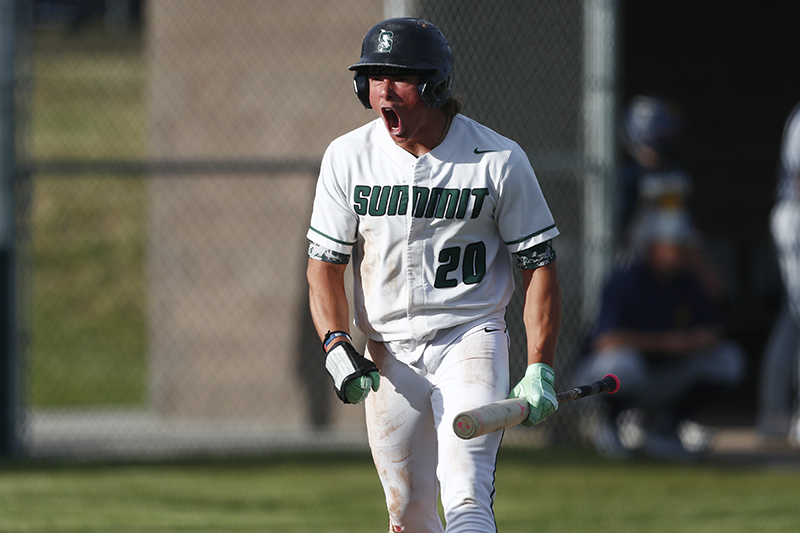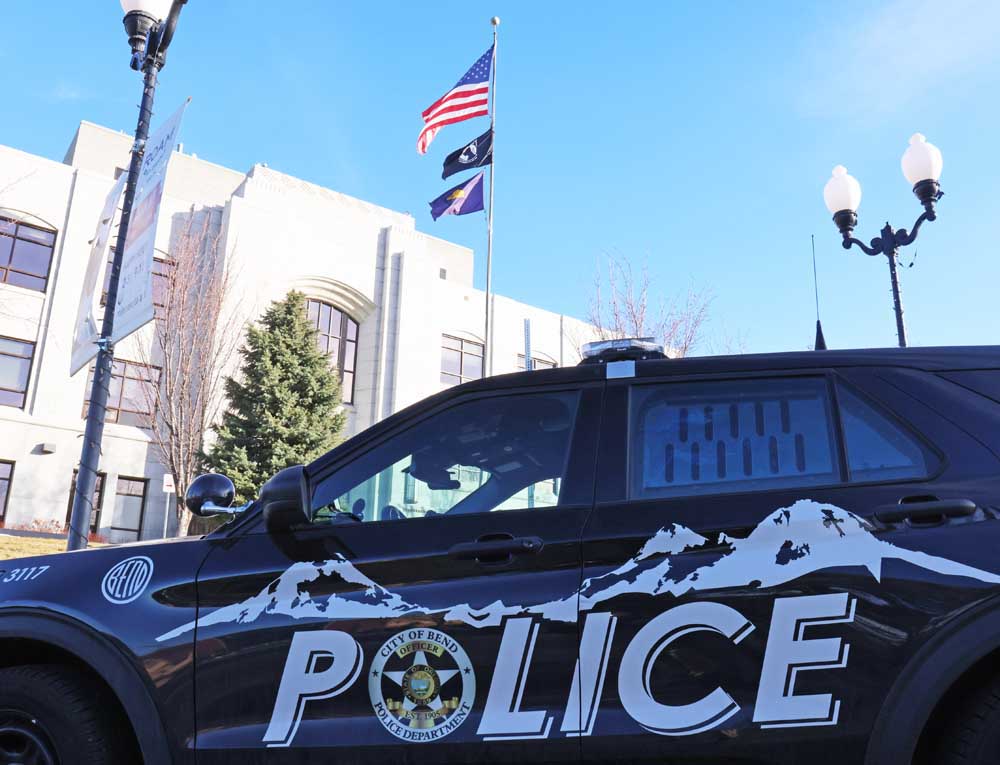In Oregon, nonaffiliated can mean not voting
Published 12:00 am Thursday, April 19, 2018

- (123RF)
SALEM — Democrats and Republicans are urging voters to sign up with their parties before April 24 or risk ending up on the electoral sidelines.
That’s the deadline to register to vote in the May 15 primary election, which for Democrats and Republicans is closed, meaning only voters registered in that party can vote to determine that party’s candidate for the general election.
Trending
The smaller Independent Party allows any registered voter to cast a ballot in its primary.
“We like to think of ourselves as the Democrats, with a small ‘d’,” said Andrew Kaza of Redmond, a member of the Independent Party’s state council. “We believe in inclusion, and closed primaries are highly exclusionary,” Kaza said.
That’s a notion that resonates in Oregon, where more than 800,000 of the state’s 2.6 million voters are nonaffiliated, or not registered with any party. That’s fewer than Democrats, but more than Republicans.
In Deschutes County, the nonaffiliated are second to Republicans and in front of Democrats.
Unless they register by Tuesday or opt for the Independent Party ballot, nonaffiliated voters will be shut out of choosing the first round of candidates for governor, Congress and the Legislature.
Nonaffiliated is a political trend in Oregon that has accelerated in recent years, according to the Oregon Secretary of State. In 1950, less than 2 percent of Oregon voters were not registered as Democrats or Republicans. By 1978, about 10 percent were not with either major party. The trend continued to about 20 percent by 1994. Today, more than 30percent are not registered with the top two parties.
Trending
Oregon is not alone in the trend of waning allegiance to the traditional two-party system. Many states have moved to include more voters in primaries. Twenty states now hold open primaries in which voters can request a ballot for any party at the polling place, according to the political website Ballotpedia.
California and Washington go further, with a “top-two” primary system in which all the candidates appear on the same ballot, regardless of party. The top two finishers advance to the general election.
Proponents say the open system usually rewards moderate, mainstream candidates because they have to appeal to the entire electorate, not just the narrow ideological party base of each party. Closed primaries mean lower voter turnout. In Oregon, only 36 percent of voters went to the polls in the 2014 primary, the last non-presidential election year. But 71 percent of voters cast ballots in the November 2014 general election.
Critics point out that the open system can be gamed, especially when an incumbent’s backers flock to the other party’s primary to support a weaker candidate, who then ends up as the other party’s nominee against the incumbent in the general election.
The top-two primary can end up with an overloaded ballot that fragments votes to the point that two similar candidates get to the final round. That’s what happened in the 2016 U.S. Senate race in California, where state Attorney General Kamala Harris and U.S. Rep. Loretta Sanchez of Santa Ana — two liberal Democrats — emerged from a field of 34 candidates for the U.S. Senate to go to the general election. (Harris won.)
In 2008, Oregon voted on a measure to allow open primaries. It was defeated by a 2-to-1 margin.
For now, the question is moot. Both Democrats and Republicans are urging unregistered and unaffiliated voters to sign up by the deadline.
“It’s a way to get people involved and get ready for the general election,” said Molly Woon, communications director for the Democratic Party in Oregon.
— Reporter: 541-525-5280, gwarner@bendbulletin.com








